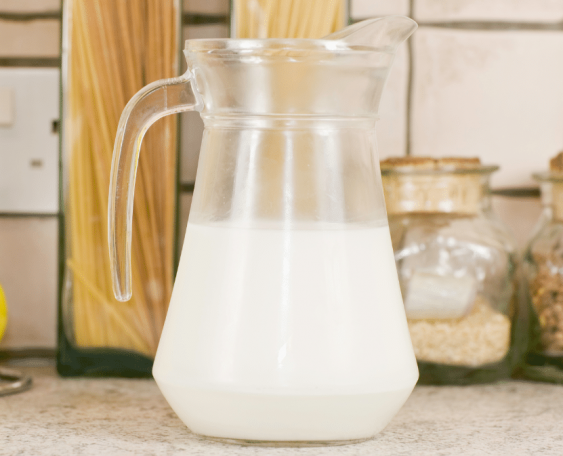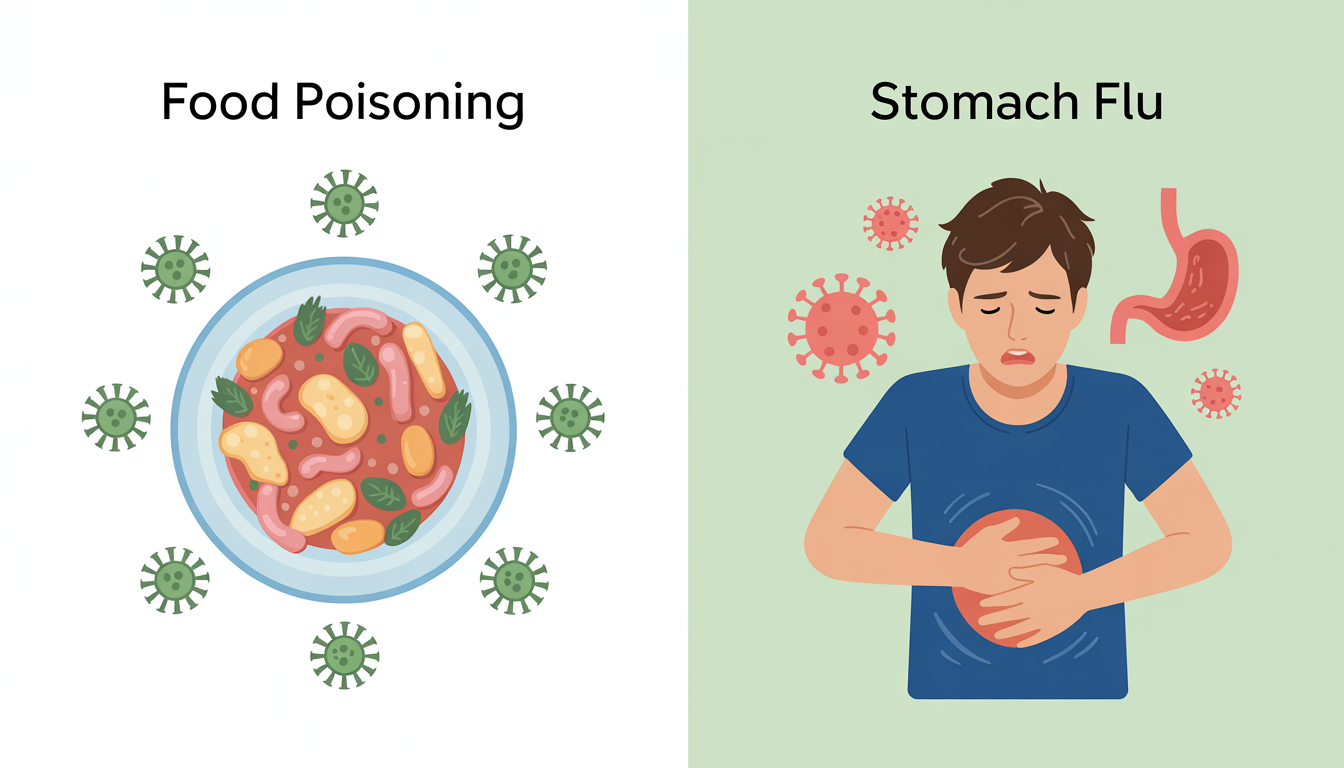Why Is It Harmful When Milk Sits Out Too Long?
Most milk products sold in the United States are pasteurized. This process involves heating the milk to kill harmful bacteria that can cause foodborne illness. Although pasteurization significantly reduces the risk of contamination, it does not eliminate all bacteria—it simply reduces their numbers to a level safe for consumption. New bacteria can also enter the milk after pasteurization, either through contamination during processing or exposure to air. Milk cannot sit out as long as some other dairy products like butter, for instance, so storing it properly is key.
Refrigeration keeps bacteria levels low after pasteurization by slowing the multiplication process. Bacteria grow most rapidly in temperatures of 40°F to 140°F, known as the “danger zone.” At room temperature, harmful bacteria can double in number every 20 minutes. When milk sits out at room temperature, the small amount of bacteria present can feed on the milk’s lactose and reproduce rapidly, resulting in a higher concentration of dangerous bacteria.
This risk is especially pronounced in unpasteurized, or “raw,” milk, which is illegal to sell in many states due to the high risk of contamination.
What Happens If You Drink Spoiled Milk?
Common forms of disease-causing bacteria in milk include E. coli, Salmonella, Listeria, Staphylococcus, coliforms, and Brucella. Exposure to small amounts of these bacteria by drinking a small sip of spoiled milk likely will not cause any harm to an otherwise healthy person. However, drinking a larger amount of spoiled milk—say, a whole glass—could cause food poisoning with symptoms that include:
- Stomach pain
- Nausea
- Vomiting
- Diarrhea
- Fever
- Dehydration
Foodborne illness can be especially hazardous for certain groups of people, including young children, pregnant women, older adults, and those with weakened immune systems.
How To Know When Milk Has Gone Bad
Your senses are your best defense in detecting spoiled milk. If your milk has taken on a strange smell, taste, texture, or appearance, it has likely gone bad.
Smell
Spoiled milk will have a distinct foul odor. It usually starts as a sour smell resulting from the release of lactic acid as the bacteria break down the milk sugars. The scent will intensify as the bacteria continue to grow.
Taste
Smelling spoiled milk can be a strong deterrent, but you can take a small sip if your nose is unsure. Spoiled milk has a sour, slightly acidic taste that replaces the milk’s natural sweetness.
Texture
Spoiled milk develops a noticeable change in texture as the spoilage progresses. It may feel slimy, chunky, or gritty as the proteins break down. Healthy milk should have a smooth and consistent texture, so any inconsistency is a red flag.
Appearance
A dingy, yellow color is a clear visual sign of spoiled milk. It may also have crusts around the edges or on the surface or begin to curdle.
Storing Milk
While refrigeration slows bacterial growth, all milk will eventually spoil, and improper storage techniques can accelerate the process. Follow these storage guidelines for fresher, safer milk:
- Refrigerate milk at or below 40°F (4°C) as soon as possible after purchase.
- Store milk in its original container.
- Never pour unused milk back into the original container after pouring it out.
- Keep milk in the back of the refrigerator instead of on the door, where temperature fluctuations are more likely to occur.
- Place opened milk back in the fridge immediately after use.
- Freeze milk if you cannot use it before it goes bad. Frozen milk can last up to 12 months.
- Do not leave milk out at room temperature for more than two hours.
- Check the sell-by date before consuming milk. Generally, pasteurized milk is safe to consume for up to five days after its sell-by date. Ultra-pasteurized milk may be safe for up to 90 days. Always make sure your milk has not spoiled before stretching the expiration date.
Alternative Milks
Alternative milk, such as almond, oat, and soy milk, are subject to many of the same safety guidelines as cow’s milk. It is generally safe to leave these products out at room temperature for up to two hours. The same applies to different varieties of cow’s milk, including skim milk, whole milk, and lactose-free milk.
There are occasional exceptions to this rule, however. Some alternative milk products come in aseptic packaging, allowing room-temperature storage until opened. Any products purchased from the refrigerated section should be treated the same as regular milk and refrigerated promptly after use.
What About Breast Milk?
Human breast milk is also subject to similar guidelines, and it’s imperative to follow them since breast milk is unpasteurized and fed to infants and young children with vulnerable immune systems. Fresh breast milk is safe to store at room temperature for up to four hours. Breast milk can be safely stored in a refrigerator for up to four days. Freezing breast milk extends its shelf life to six months or longer. When using formula, you should not let prepared baby formula sit out for more than two hours.
Contact Keep Food Safe to Connect With a Food Safety Lawyer
Always follow proper storage and handling guidelines for any type of milk. Keep Food Safe is available to answer any questions you may have about food safety. We can also connect you with an experienced food safety lawyer. If you suspect that you or a loved one suffered an illness due to improperly stored milk, we invite you to contact us for a free consultation.




